Nick Tandy’s Le Mans win last year catapulted him from obscurity to motorsport stardom and his journey has been nothing short of remarkable.
Forgoing the usual motorsport route of kart racing, Bedford-born Tandy began honing his skill in grassroots short oval racing. He worked his way up through to Formula 3 single-seat racing before changing to sportscars and was eventually signed as a Porsche works driver in 2013. Now, at the age of 31, he’s the 32nd Brit with a Le Mans title to his name.
This year the Porsche driver has faced two 24-hour endurance races in a month. Such a physically gruelling challenge would require detailed and strict preparation, you would assume, but Tandy makes it sound more relaxing than that.
“I had a burger and chips last night,” he tells me, two hours before he’s due to get into a Porsche 911 RSR for his first stint at the Le Mans 24-hour race.
We’re in the Porsche pits just as the race gets under way in the rain behind a safety car, meaning the 911 – which is strong in the wet – can’t use the weather to its advantage.
Tandy, visibly agitated, stalks around the pits, but I present him with the Autocar Motorsport Hero Award – deserved recognition for his outstanding 2015 season – and he relaxes, grateful for the gesture.

“Life didn’t really change,” he says about the response to his Le Mans win last year. “More people know what you do, but it’s quickly forgotten. It’s all about the next race.”
Tandy doesn’t have the chance to defend his Le Mans crown this year. Dieselgate hit the VW Group’s budget for motorsport so, with Porsche running only two cars in the LMP1 class, he’s racing in GTE Pro.
“What you do as a person – physically, mentally – is all designed to win,” he says. “It’s exactly the same, even if the machinery is different.”


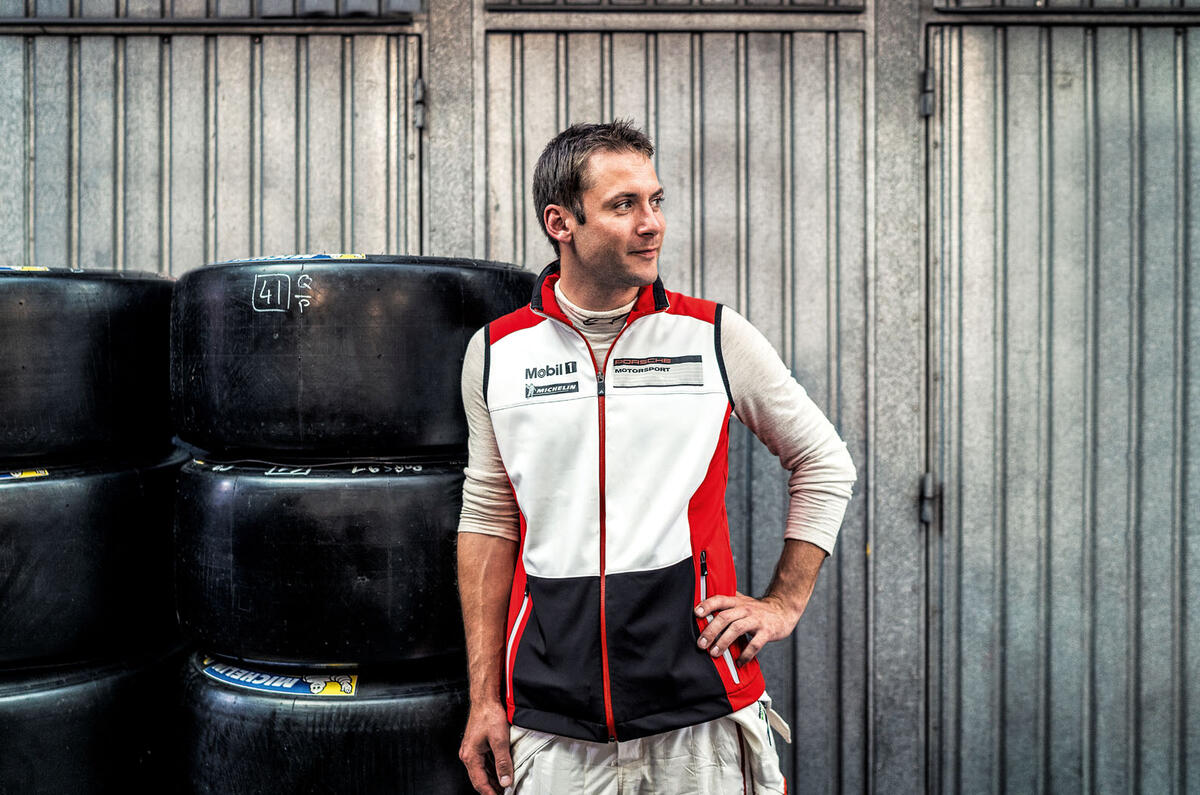
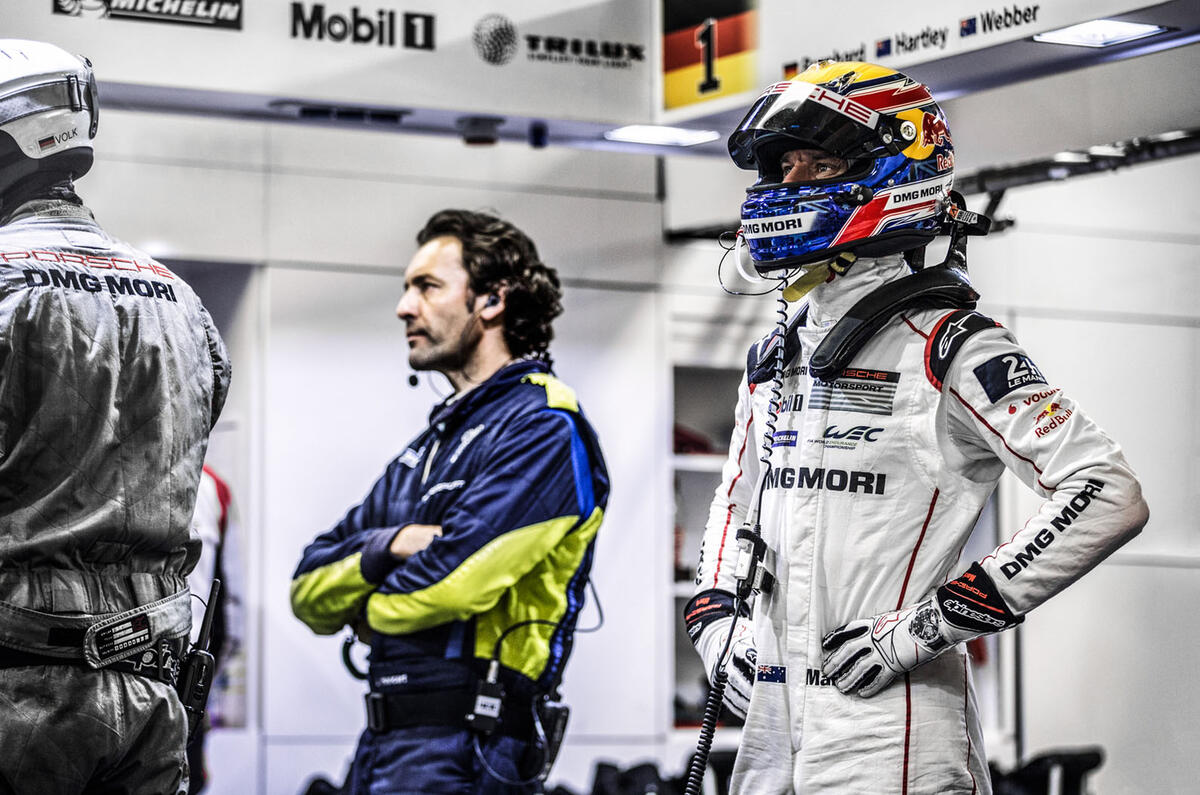
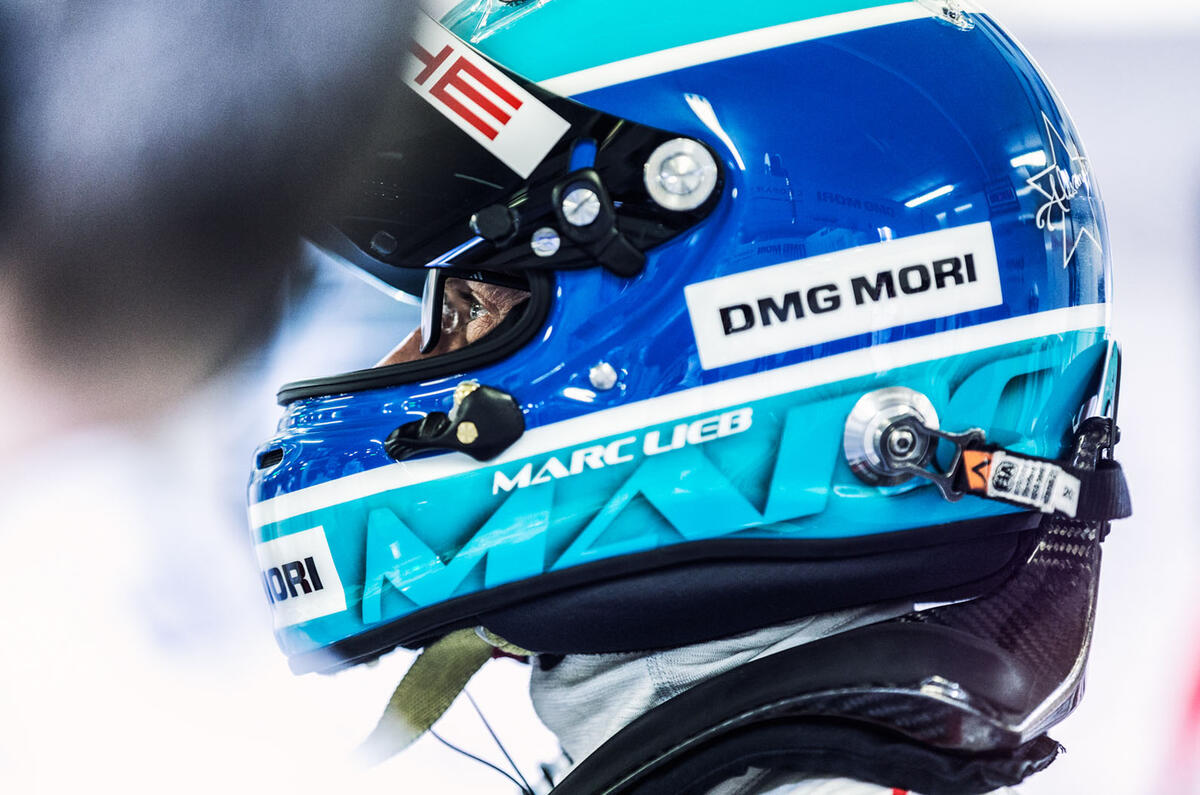
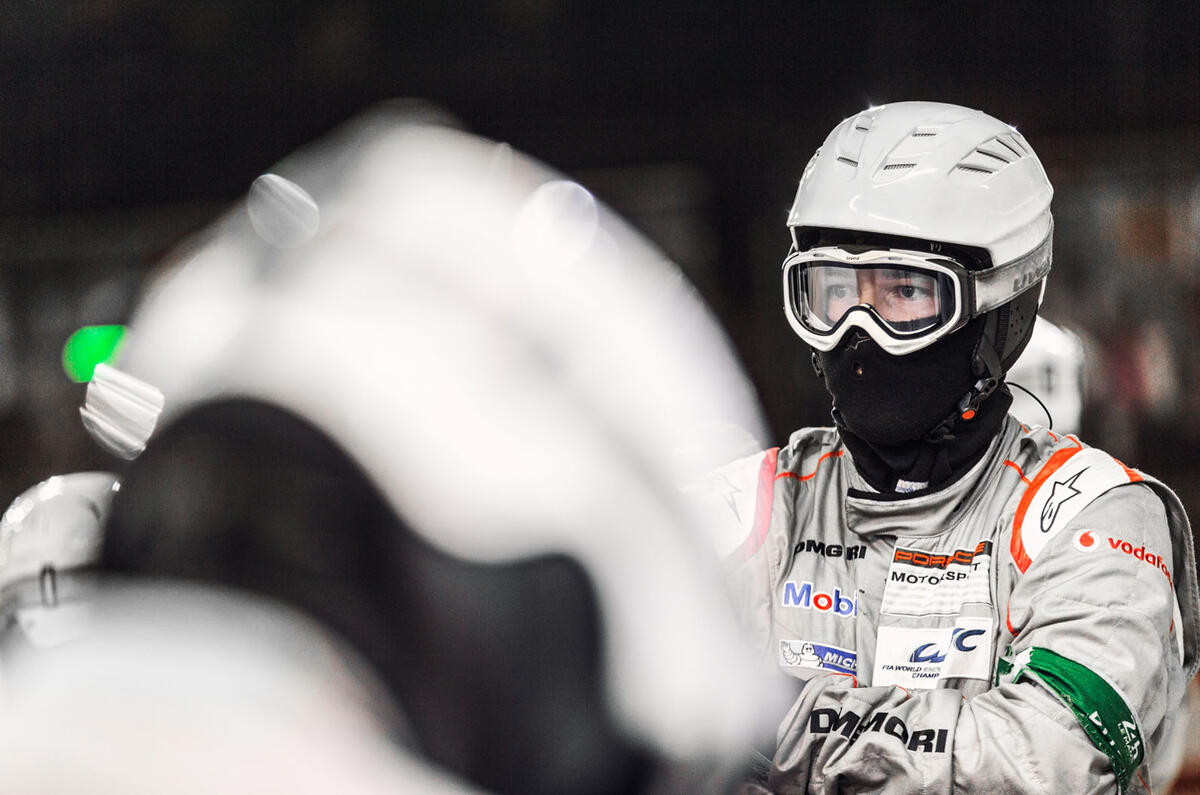
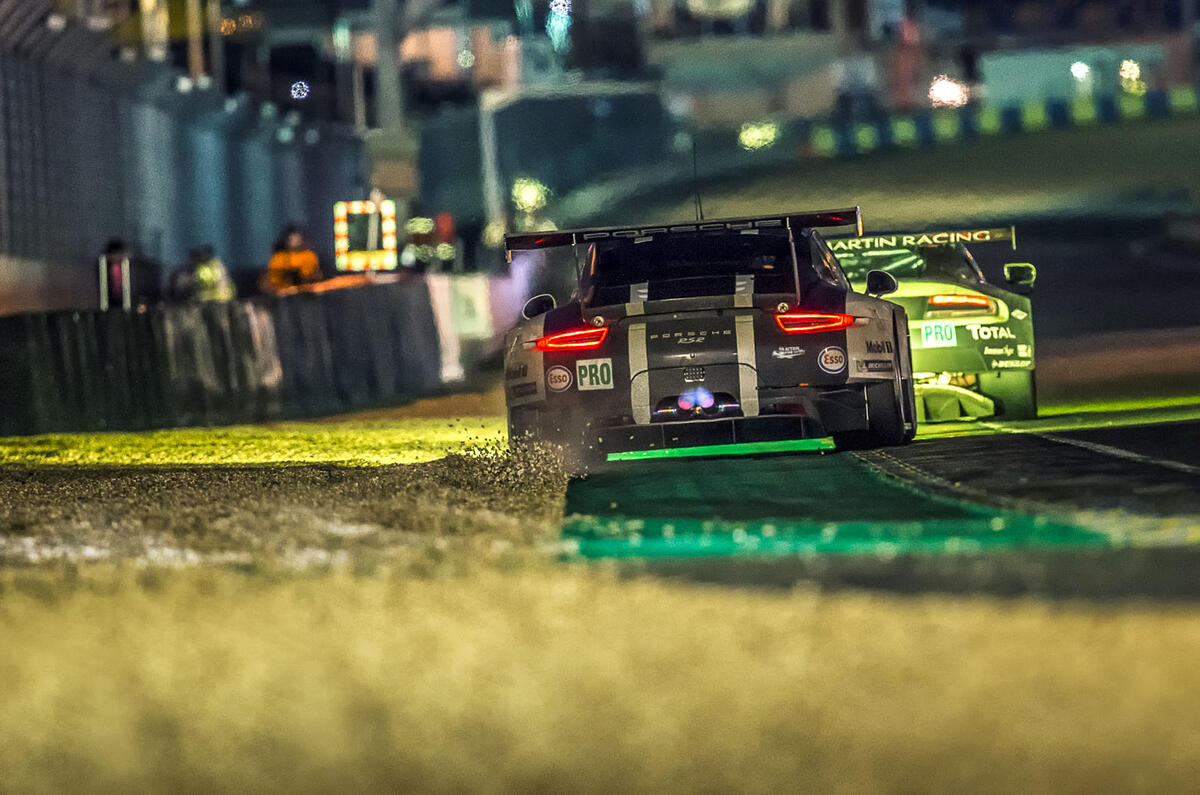
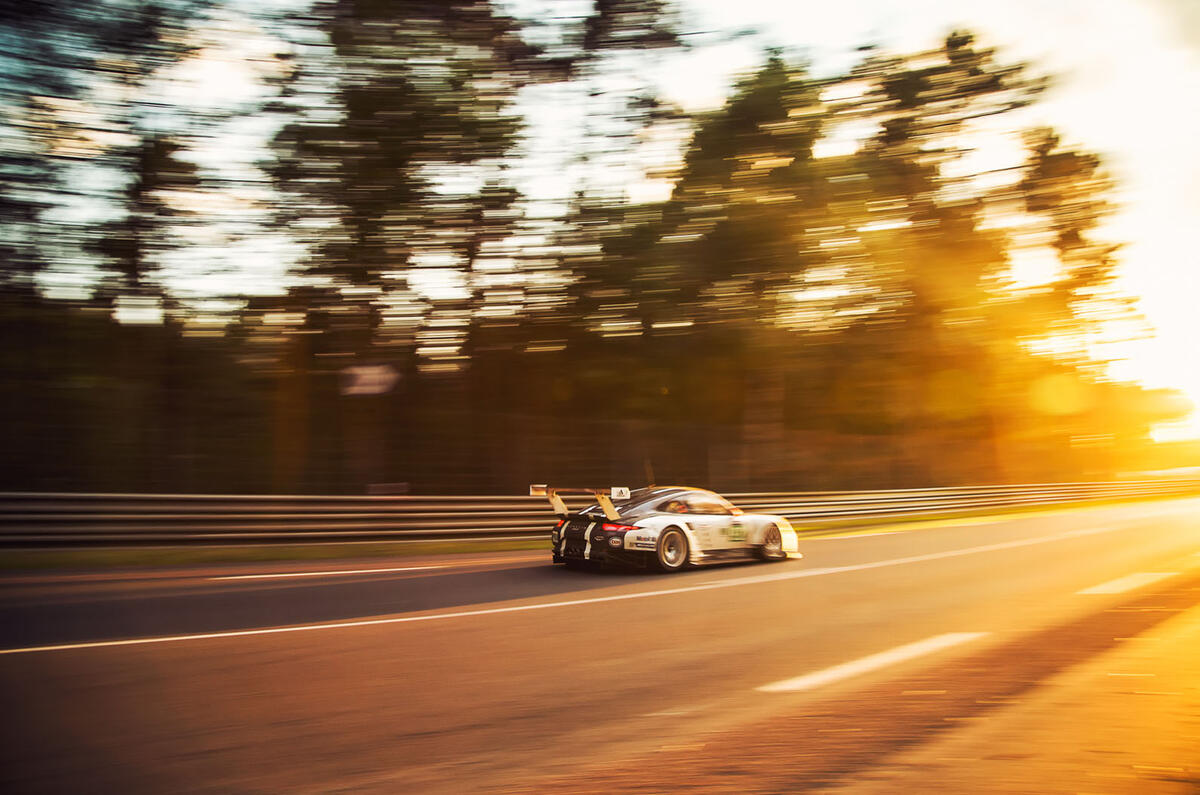
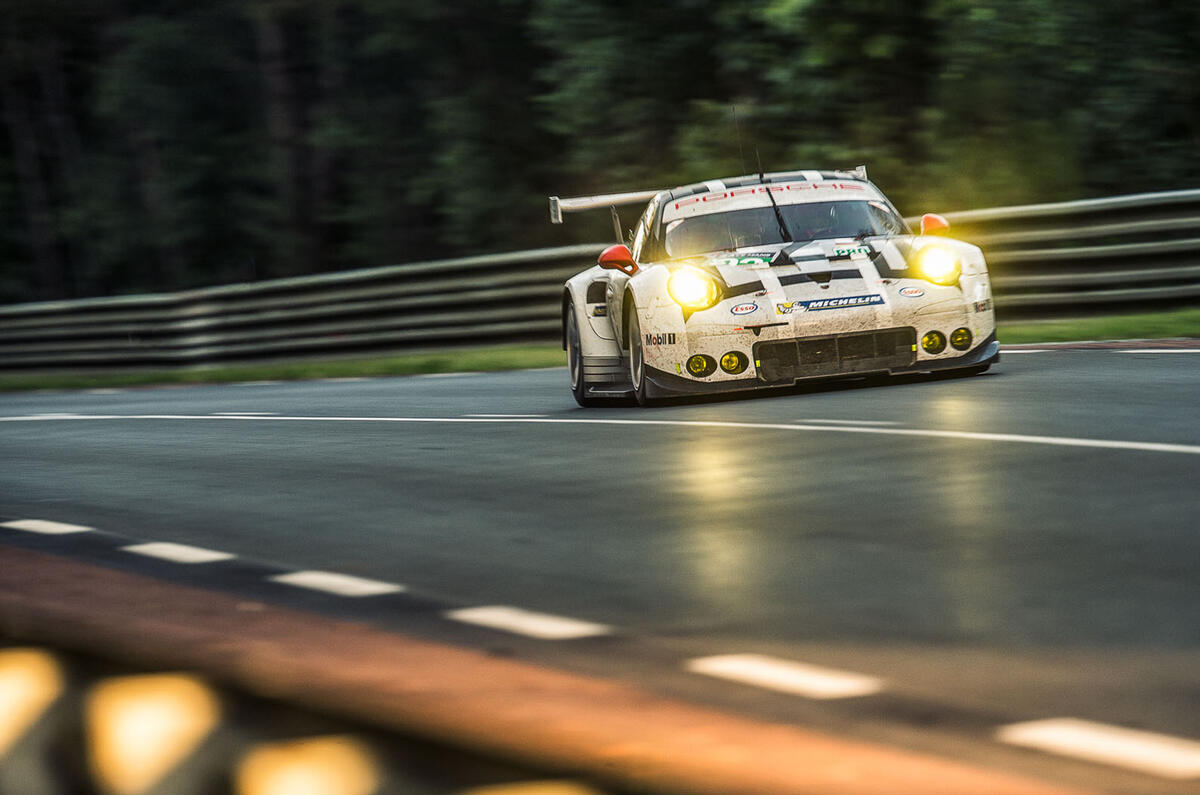
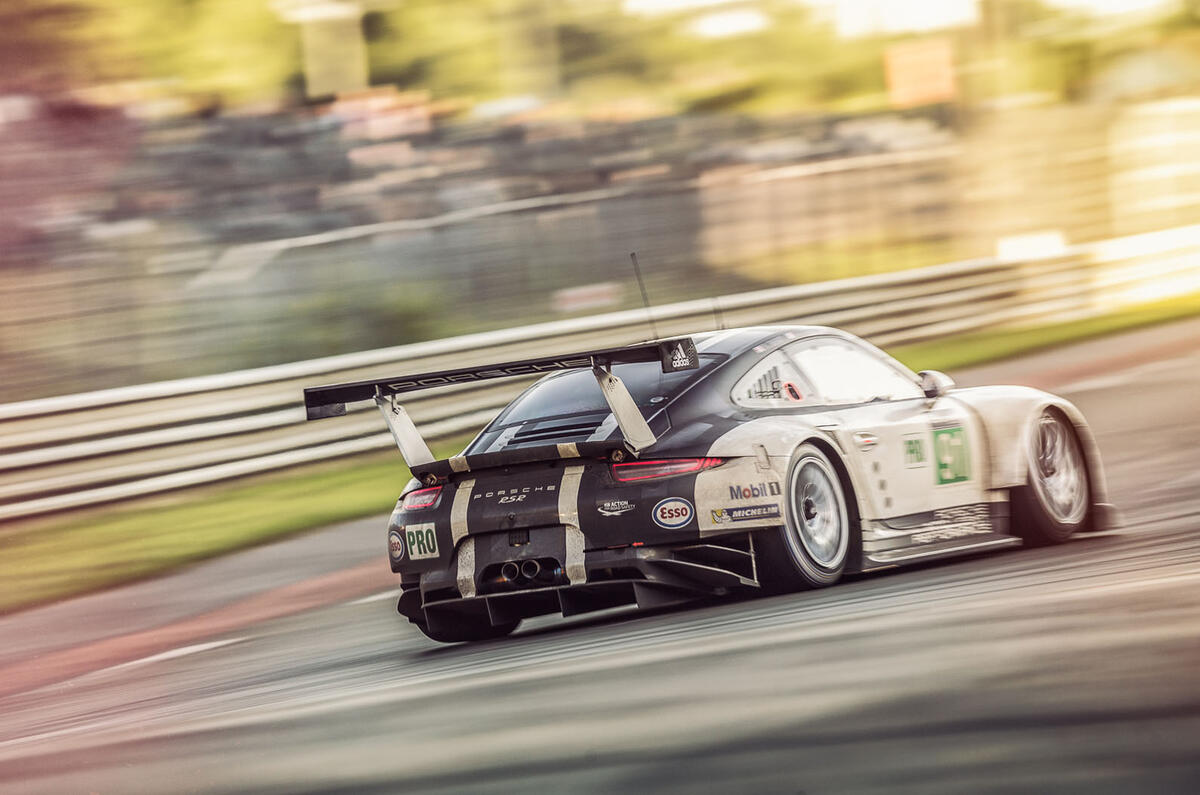
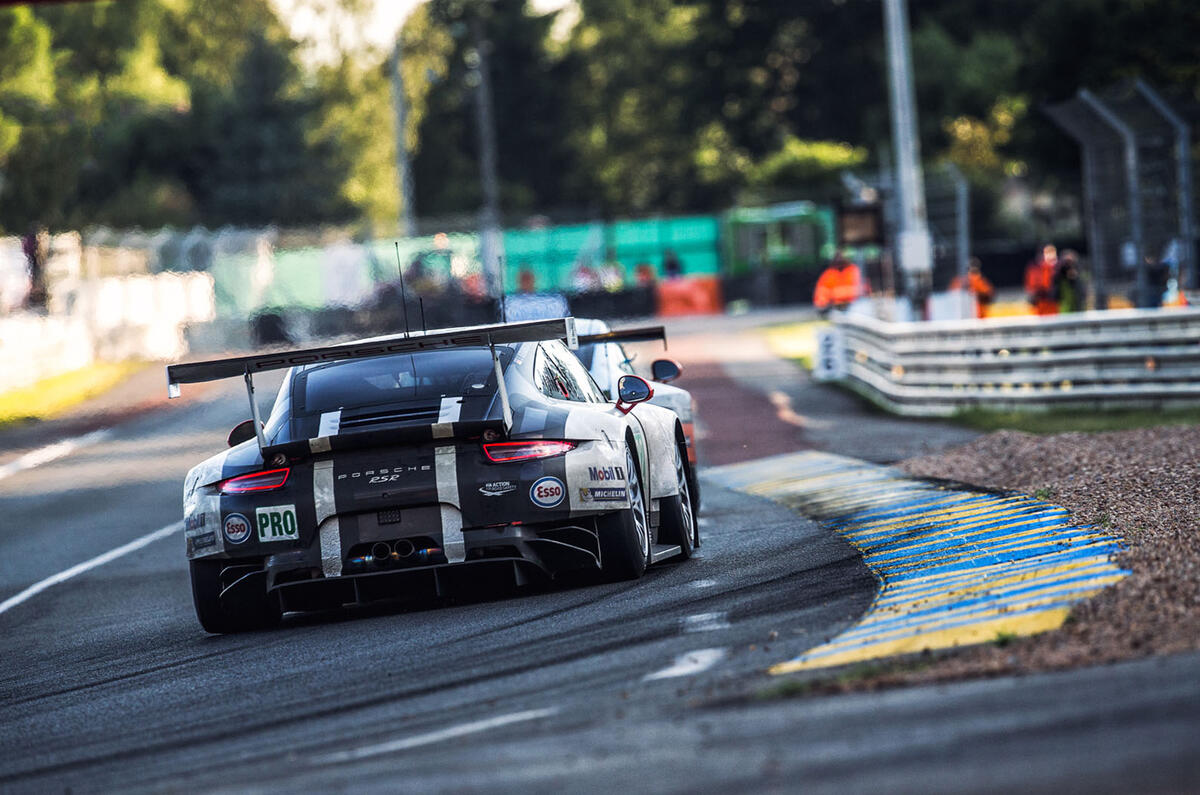
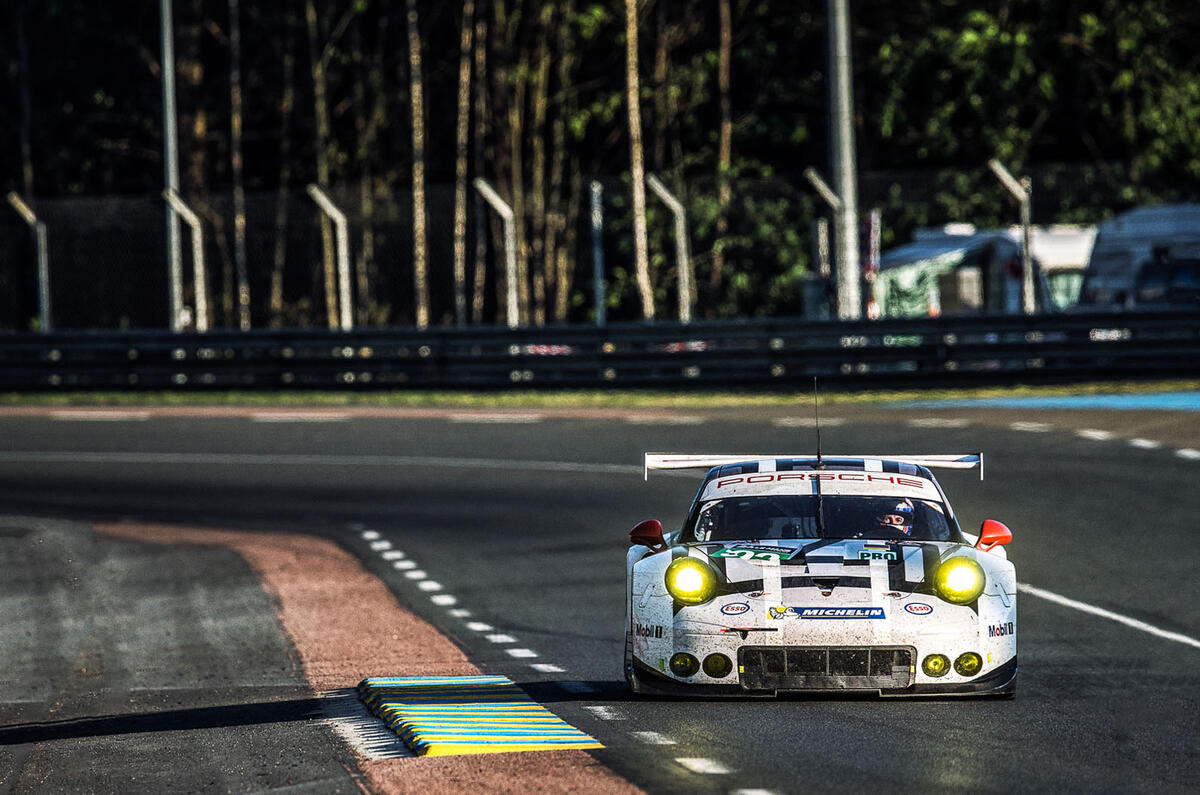



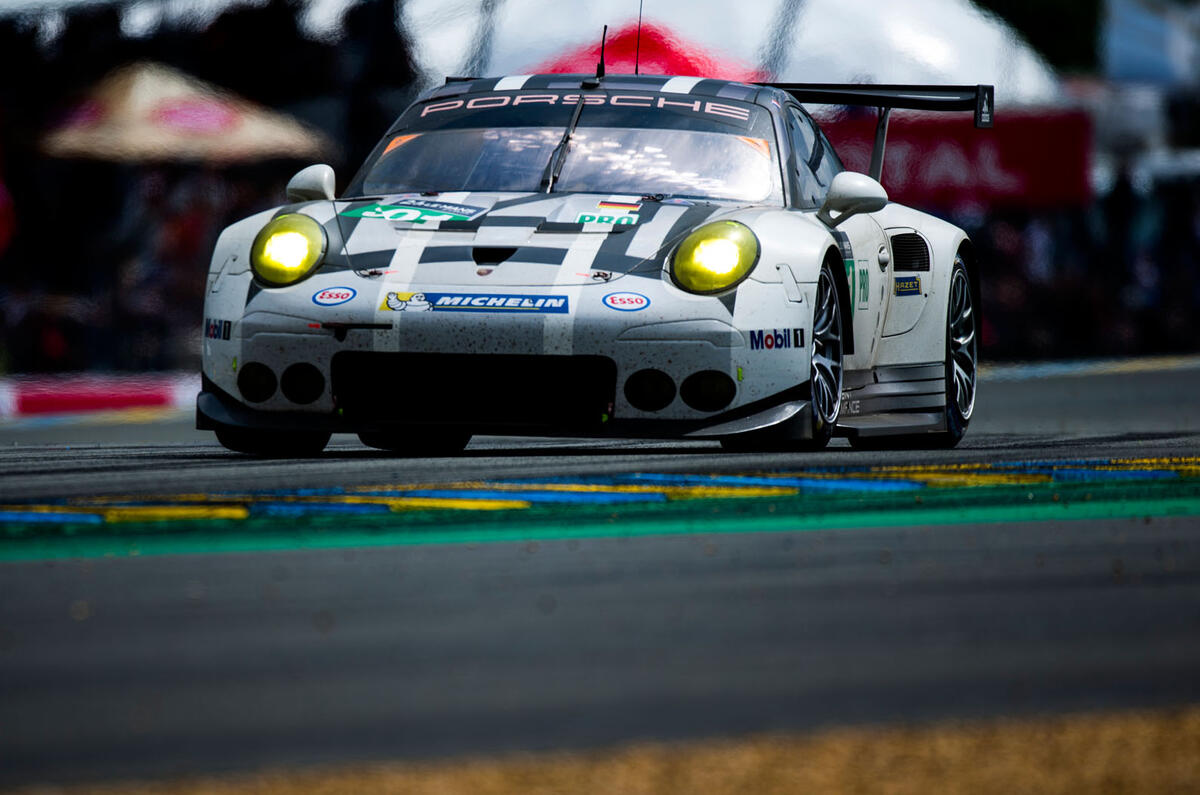



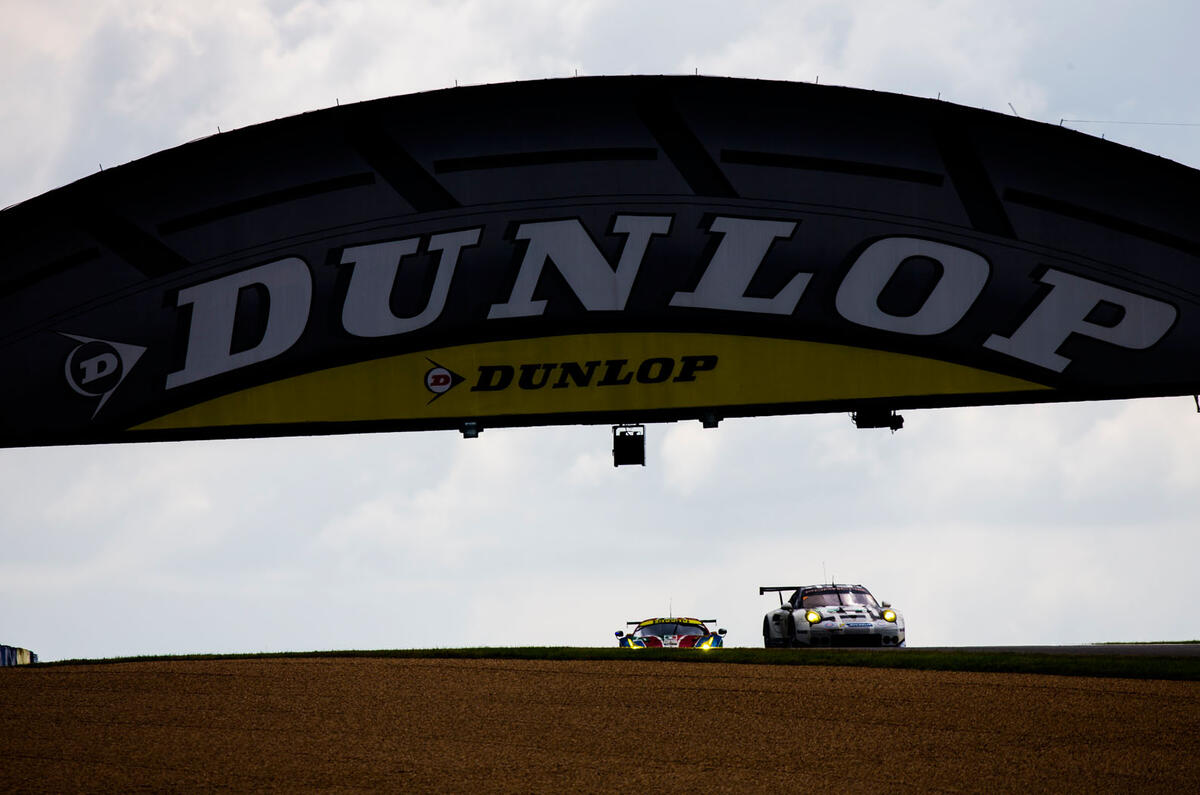
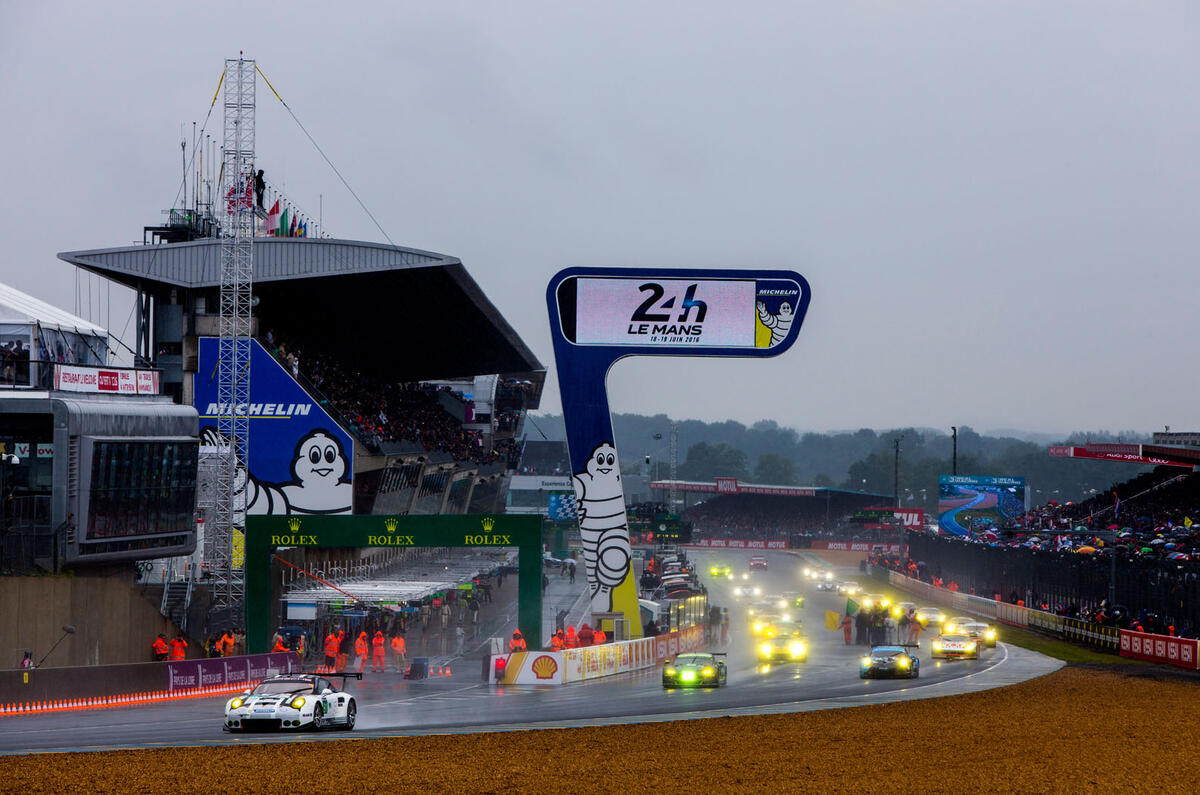

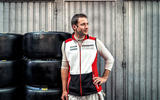

























Add your comment